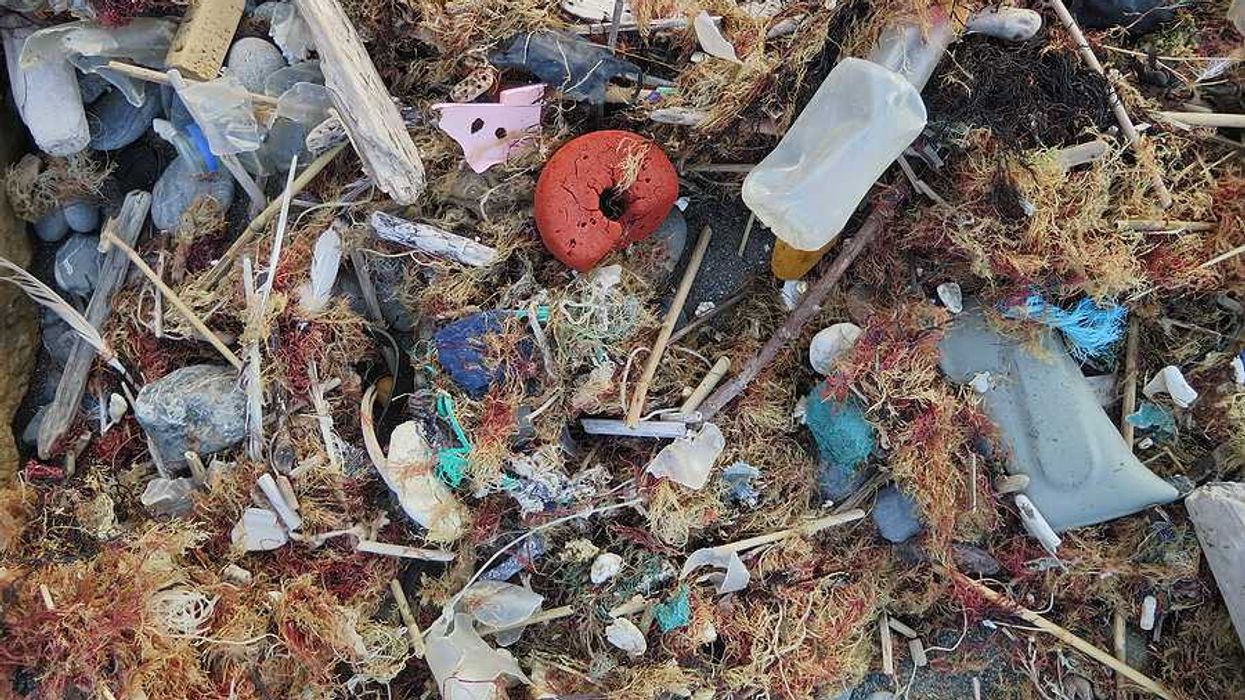The discovery of microplastics in the atmosphere signals a widening environmental concern, impacting not only marine life but potentially human health, researchers say.
Shannon Osaka reports for The Washington Post.
In short:
- Ecotoxicologist Dick Vethaak experienced a revelation when microplastics were discovered in the air of Paris, a significant shift from their known presence in the oceans and seafood.
- These pervasive pollutants have now been found in human blood and lungs, raising alarm over their potential health impacts.
- Despite their ubiquity, the actual health consequences of microplastics are still largely unknown, posing a mystery that scientists are urgently trying to solve.
Key quote:
“The results were quite shocking."
— Dick Vethaak, ecotoxicologist and professor emeritus, VU Amsterdam
Why this matters:
Microplastics, those tiny fragments of plastic less than 5 millimeters in size, have become a pervasive environmental concern, infiltrating ecosystems worldwide. Recently, scientists have turned their attention skyward, discovering that microplastics are not confined to oceans, rivers, and soil, but are also adrift in the atmosphere, impacting air quality and potentially human health.














